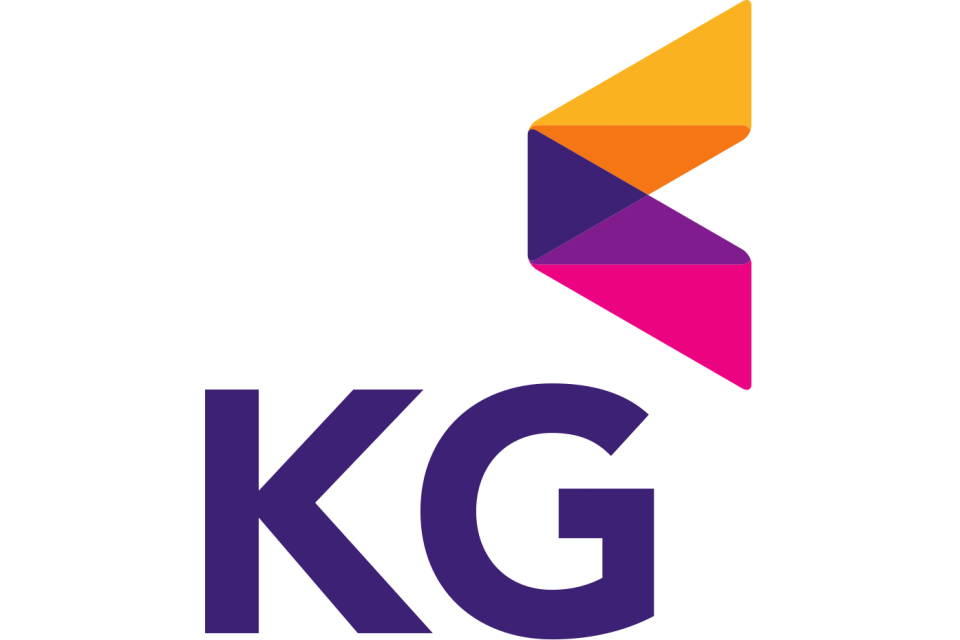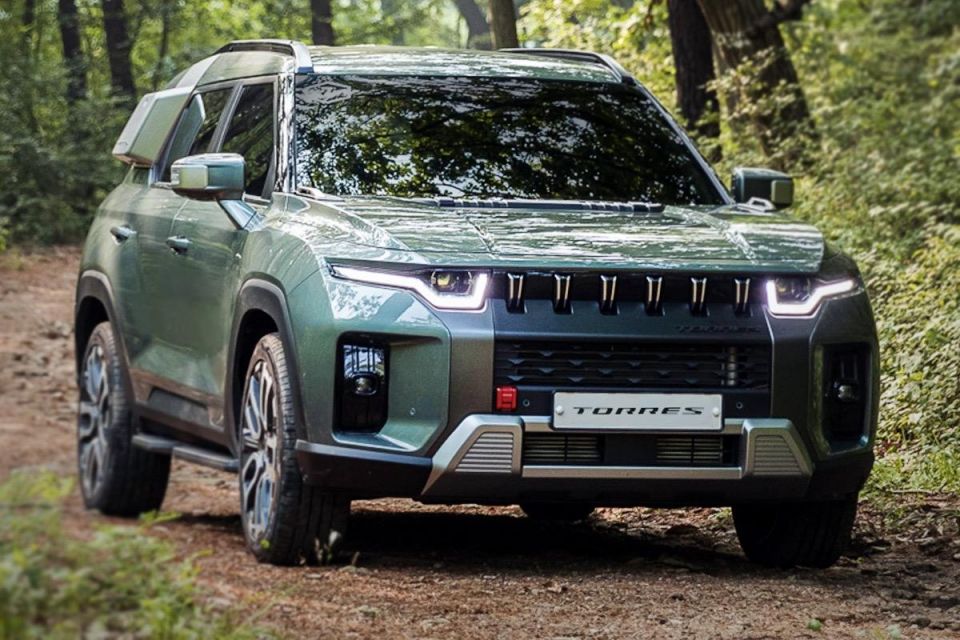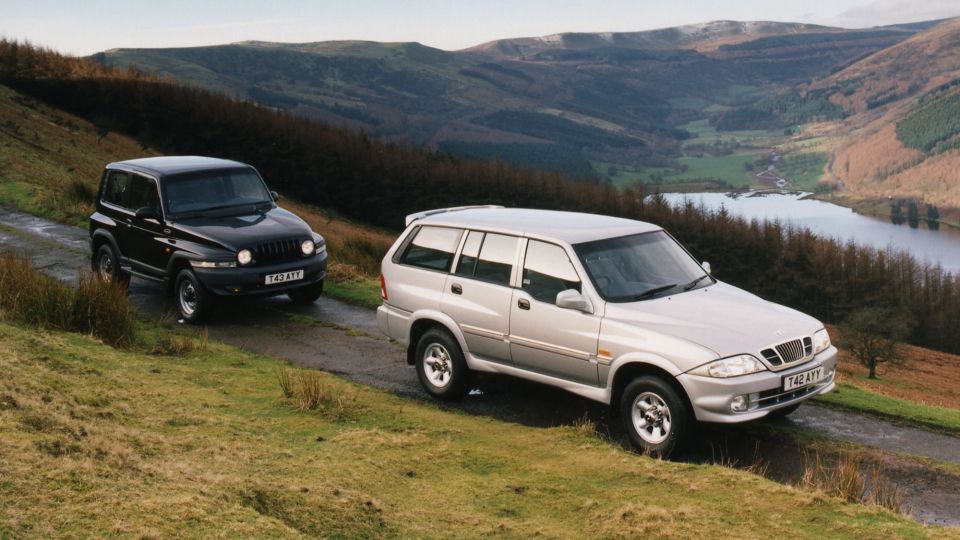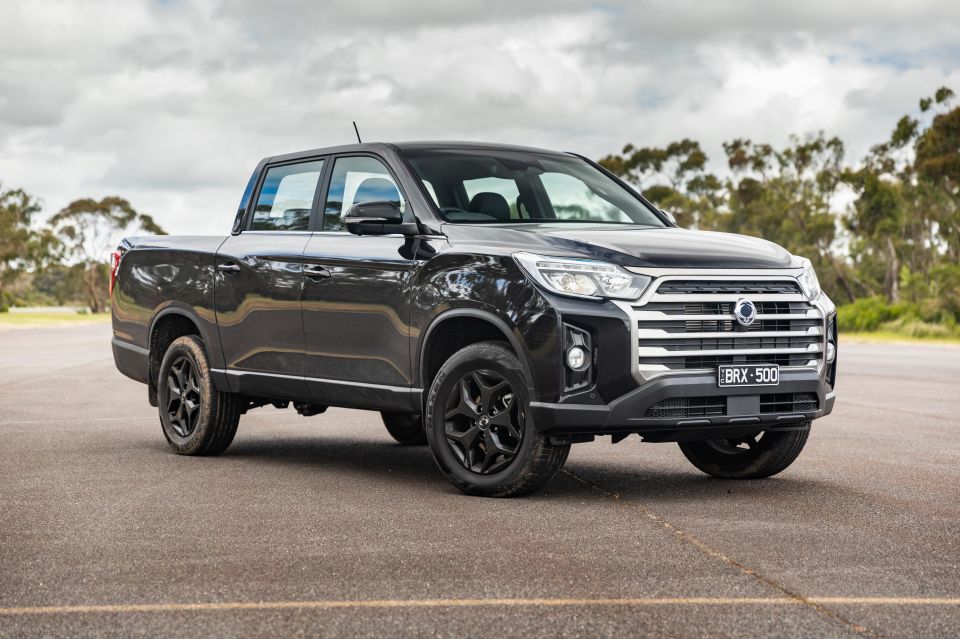

Max Davies
2026 GWM Cannon Ultra review
6 Days Ago

News Editor
SsangYong the company has been saved, but SsangYong the name will be consigned to the scrapheap.
In remarks reported by Korean media, Kwak Jae-sun – the chairman of SsangYong’s new corporate parent KG Group as well as the automaker itself – said the firm will be renamed KG Mobility and new models will be launched under the KG brand.
“We have decided to go for a new name to fully utilise the strength of SsangYong Motor,” said Kwak at an event hosted by the Korea Automobile Journalists Association.
“Under the name of SsangYong, the company has a fandom but also has a painful image.
“The new cars will come out as KG, but its car-making history will never change and have the same conditions.”

Korean outlet Pulse News reports the rebranding will require approval from shareholders in March.
“Through a company survey, the company found a consensus among employees on the rebranding and we are pursuing a new company name in line with the trend of electrification,” said an official from SsangYong Motor.
KG Group, a chemical and steel company, led a consortium that acquired a 62 per cent stake in ailing SsangYong. The company’s KG Steel division had previously supplied components to SsangYong.
The Korean minnow brand said on November 11 it had cleared rehabilitation debts using funds from its acquisition by the KG Group, and has therefore completed its corporate rehabilitation procedure after some 18 months.

It plans to accelerate the rollout of more SUVs and electric vehicles as it plans to increase sales and “quickly” return to profitability.
SsangYong Motor had been under court receivership since April 2021 as its former parent company Mahindra & Mahindra failed to find a new investor amid the pandemic and financial problems.
The new Torres SUV is expected to get an electric version in 2023. The petrol-powered version has already gone on sale in Korea and has been met with enthusiasm, though an Australian launch isn’t likely until later this year.
This won’t be the first time SsangYong has changed its name.
It was founded in 1954 as the Ha Dong-Hwan Motor workshop, later merging with Dongbang Motor Co to become the Ha Dong-hwan Motor Co and, later, Dong-A Motor.

Shortly after the SsangYong Group took over in 1986, it applied its name to the automaker.
Daewoo briefly had a controlling stake in SsangYong from 1997 to 2000, and during this period SsangYong vehicles – including the Musso and Korando – were sold as Daewoos.
Even under its most recent owner, Mahindra, there was talk of scrapping the name.
“Our image in Korea tends to be negative,” said former SsangYong Motor president Yoo-il Lee in 2014 in remarks reported by Business Standard.
“Also, in many international markets, customers find our name difficult to pronounce and some have misconceptions that we are a Chinese brand.

“So we are considering rebranding in order to establish a positive image and become a leading global SUV maker.”
The company has had a tumultuous history. Apart from Daewoo’s short-lived acquisition and Mahindra’s cessation of financial support in 2021, Chinese giant SAIC Motor acquired a 51 per cent stake in 2004 but walked away in 2009, leaving it in receivership.
Electric bus manufacturer Edison Motors was set to acquire SsangYong in 2021, but this fell through when it couldn’t front the rest of the 304.8 billion won needed to complete the takeover.
Against this backdrop, SsangYong has been enjoying some success in the Australian market in recent years.
While full-year sales figures aren’t yet available for 2022, it’s almost certain to beat its 2021 sales tally of 2978 sales and therefore set a new record.
MORE: SsangYong’s rebuild kicks off in earnest, as Australian sales grow MORE: SsangYong saved! Korean court greenlights rescue plan
Where expert car reviews meet expert car buying – CarExpert gives you trusted advice, personalised service and real savings on your next new car.
William Stopford is an automotive journalist based in Brisbane, Australia. William is a Business/Journalism graduate from the Queensland University of Technology who loves to travel, briefly lived in the US, and has a particular interest in the American car industry.


Max Davies
6 Days Ago


Josh Nevett
5 Days Ago


Max Davies
5 Days Ago


Max Davies
3 Days Ago


Neil Briscoe
2 Days Ago


Max Davies
1 Day Ago